How and Why Are New Strains of Weed Created?
Creating new cannabis strains is both an art and a science, combining traditional cultivation techniques with modern breeding methods. The process involves selecting parent plants with desirable characteristics and crossbreeding them to produce offspring with new or improved traits. Here's a closer look at how new strains are created and why breeders continue to innovate.
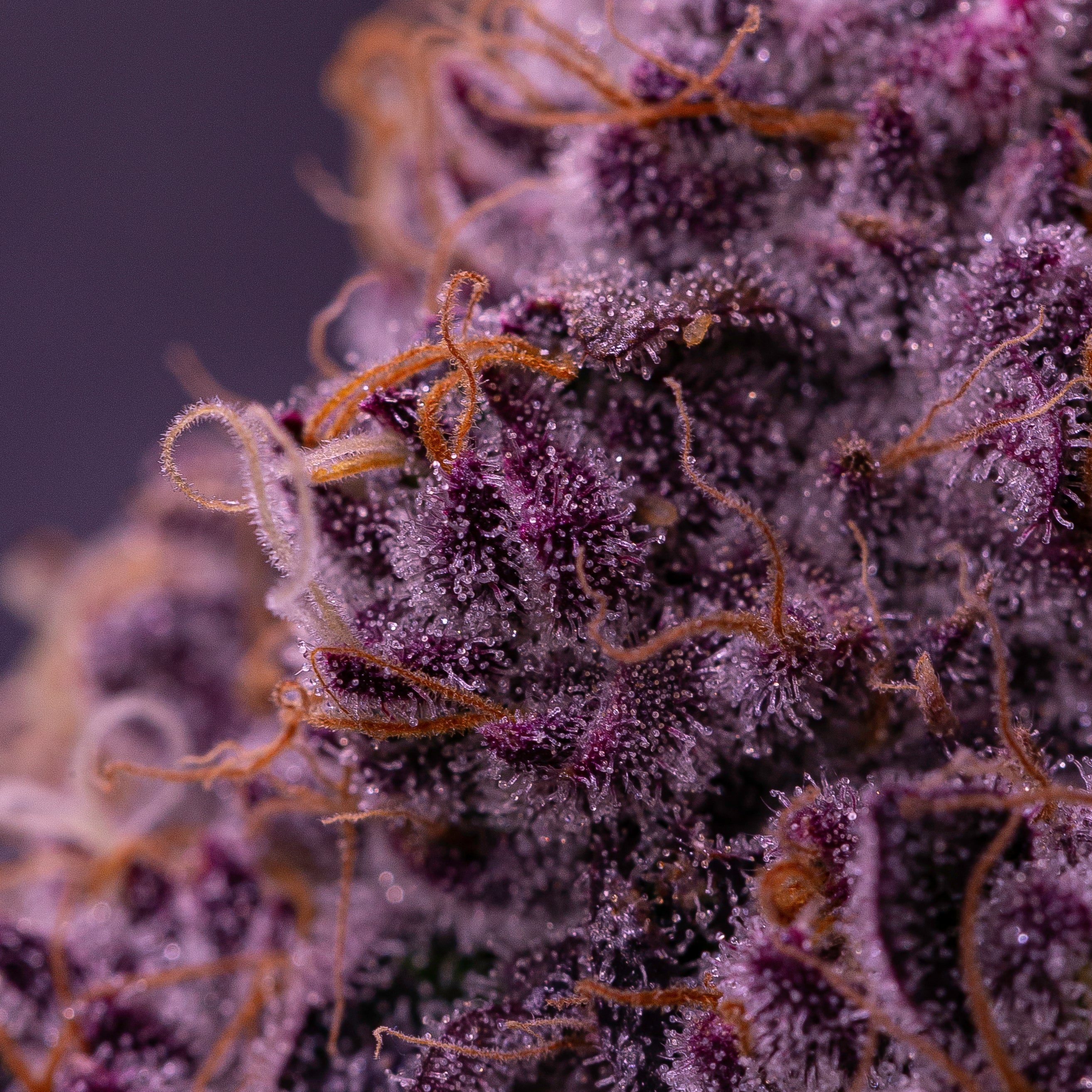
Why Are New Cannabis Strains Created?
The development of new cannabis strains serves several purposes. For one, breeders aim to meet the evolving preferences of consumers. Just as other industries innovate to introduce new products and experiences, cannabis breeders create new strains to cater to various tastes, preferences, and needs.
Here are some of the key reasons new strains are created:
-
Flavor and Aroma Variations: Breeders often seek to develop strains with unique flavor profiles and aromas. These sensory attributes are a significant part of the cannabis experience, and by experimenting with different parent plants, breeders can produce strains with a broader range of appealing characteristics.
-
Hybridization for Balanced Effects: Many modern cannabis strains are hybrids, combining the traits of sativa and indica plants. The result is a hybrid strain that provides a more versatile or balanced experience.
-
Cultural and Market Demand: Just as with any product, consumer demand plays a role in shaping the cannabis market. As new trends emerge or specific qualities gain popularity, breeders create strains that meet these demands. Whether consumers want a particular flavor or a strain with certain characteristics, the breeder's goal is to create what the market is asking for.
- Unique Phenotypes: Phenotype variations are differences in physical traits and other characteristics between plants of the same genetic strain. By manipulating genetics, breeders can produce strains that vary in terms of bud structure, resin production, or plant color, offering both growers and consumers new visual experiences.
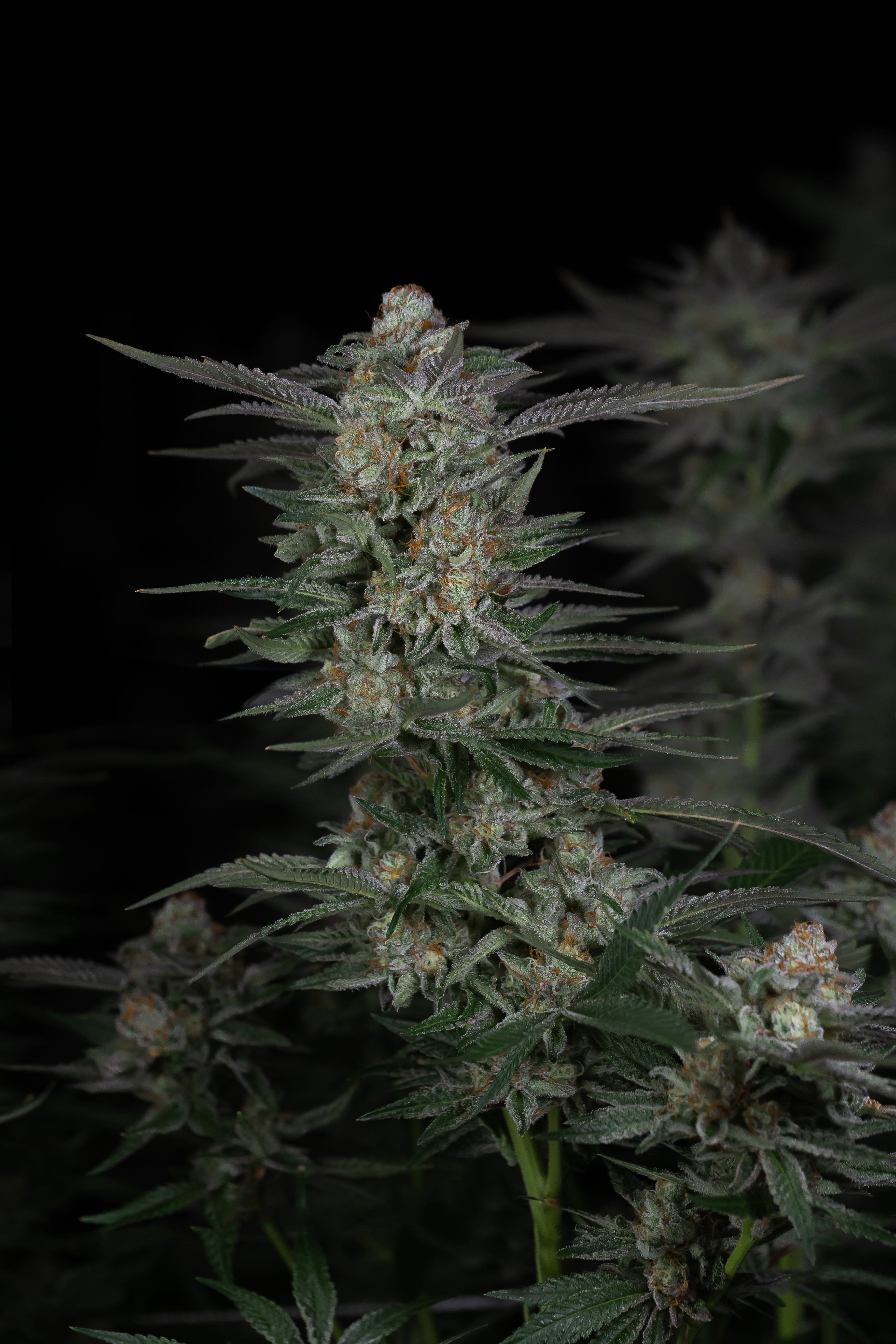
How Are New Strains Created?
Creating a new strain of cannabis is a process that involves understanding plant genetics, the characteristics of parent plants, and the desired outcomes of the cross. Here's a general overview of how breeders create new cannabis strains:
-
Selection of Parent Plants: The first step in creating a new strain involves selecting the right parent plants. These are typically male and female cannabis plants, chosen for their desirable traits, such as aroma, appearance, growth habits, and cannabinoid profiles. Some breeders even focus on specific attributes like pest resistance or the plant's ability to thrive in a particular climate.
-
Pollination: To create a new strain, breeders use pollen from male plants to pollinate the female plants. The female plants will then produce seeds with a unique combination of the parent plants' genetic material. This crossbreeding process allows the breeder to select the best seeds for the next generation.
-
Stabilization: After initial crosses are made, the seeds produced are grown and evaluated for their traits. If the traits are consistent and desirable, the strain is stabilized. Stabilization involves breeding multiple generations to ensure the resulting plants produce consistent characteristics, such as flower appearance, cannabinoid content, and overall plant health.
-
Phenotypic Selection: During the growing process, breeders also observe the phenotypic traits of each plant - such as color, bud density, and yield - and select the plants that exhibit the most desirable characteristics. These traits are passed down to subsequent generations, which are also evaluated for consistency.
- Testing and Refining: Once the new strain is created, it undergoes testing to ensure it meets the desired standards. This includes evaluating the plant’s growth characteristics, as well as cannabinoid content, terpene profile, and other factors. The final product is then released for cultivation, with some strains becoming more popular than others depending on consumer preferences.
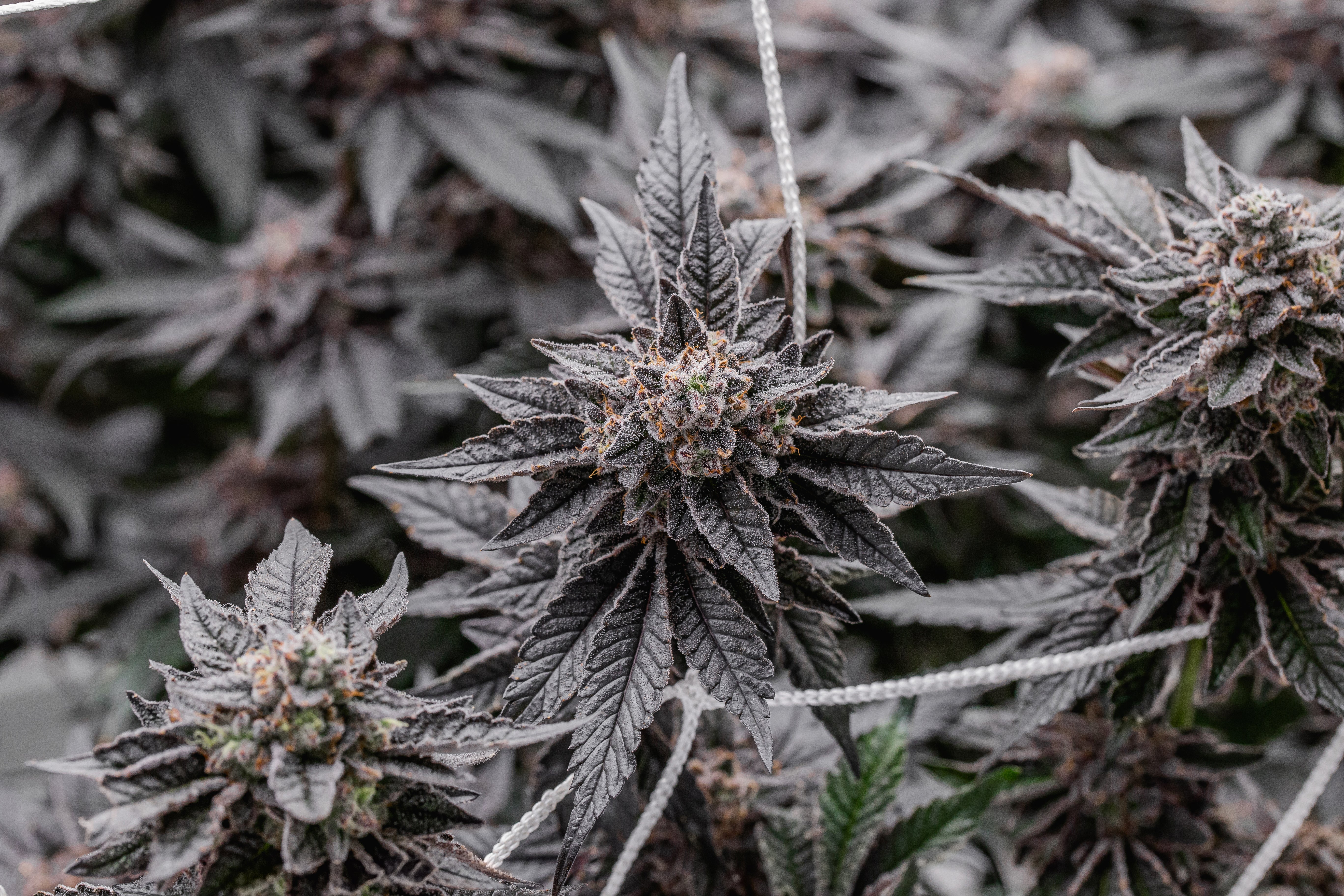
Why Does This Process Matter?
The creation of new cannabis strains is crucial for the continued evolution of the cannabis industry. As more consumers gain access to cannabis, the demand for variety increases. Cannabis breeders provide diversity in the market, ensuring that there’s something for everyone, whether someone is looking for a specific aroma or a unique experience.
Additionally, as research on cannabis and its genetics continues, breeders have more tools to create strains that offer better yields, resist pests, or thrive in different climates. In the future, this could lead to even more specialized strains tailored to different growing conditions or consumer needs.
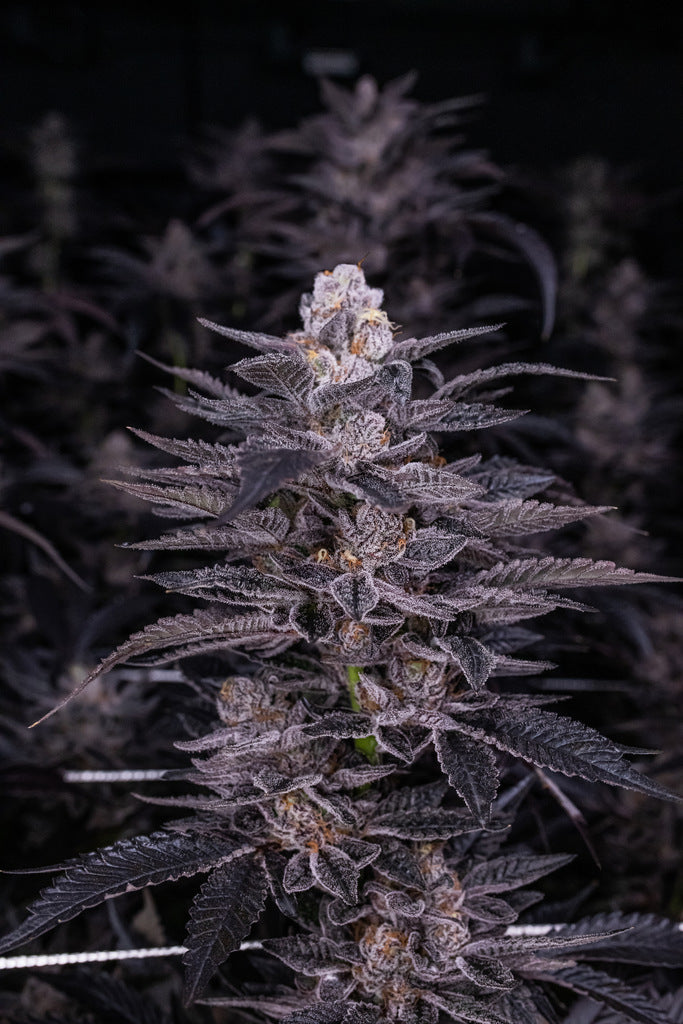
Conclusion
The creation of new cannabis strains is a fascinating and important process that combines science, artistry, and consumer demand. From flavor to growth habits, breeders use genetics to develop strains that appeal to various tastes and needs. As the cannabis industry continues to grow, innovation in strain development will likely continue, offering an ever-expanding selection of options for consumers. Whether you're an enthusiast looking for something new or a grower interested in cultivating unique genetics, the world of cannabis breeding holds endless possibilities.
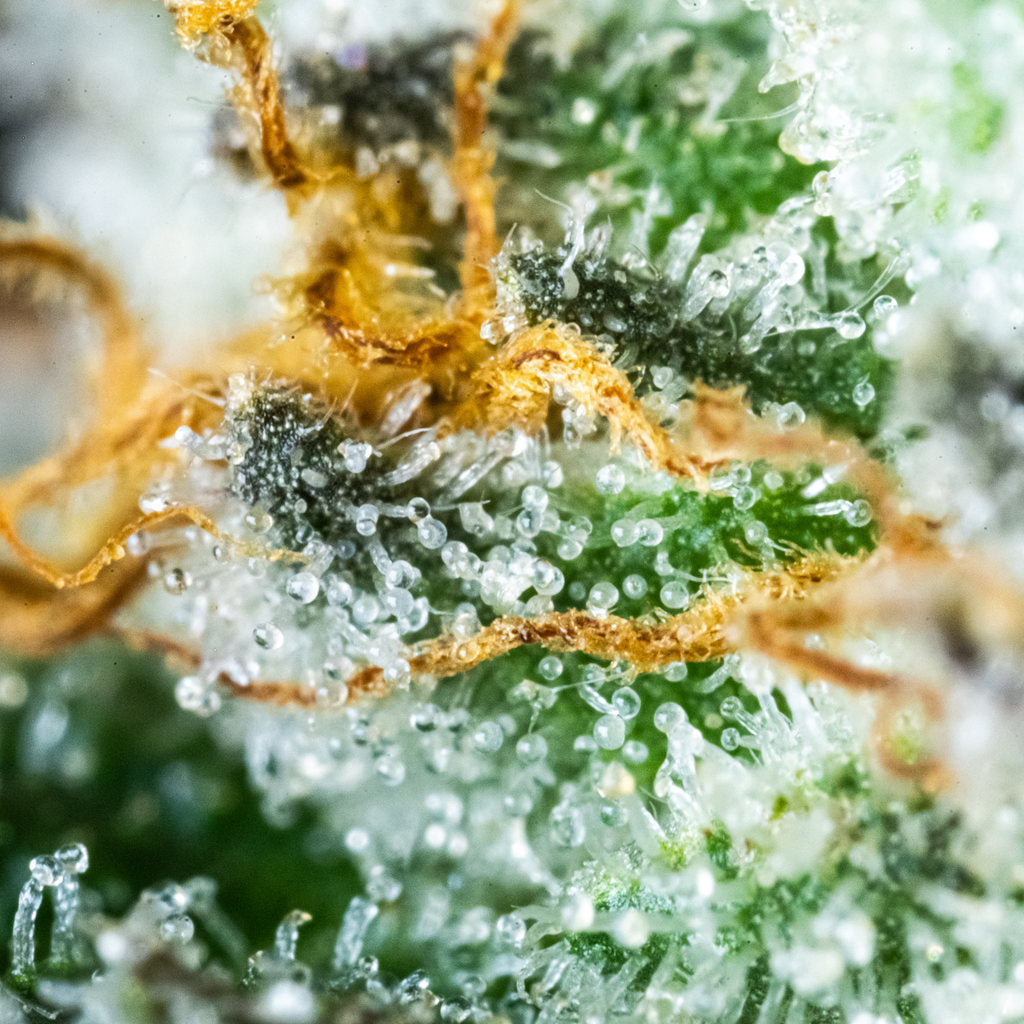
FAQs
- Genotype refers to the genetic makeup of a plant—essentially the blueprint that determines its characteristics.
- Phenotype refers to the physical expression of those genes. In cannabis breeding, phenotypes can vary even among plants with the same genotype, resulting in slight differences in flower appearance, size, aroma, and other traits.
STIIIZY complies with all applicable state laws regarding the sale and marketing of cannabis products. This content is intended for adults 21+ in jurisdictions where cannabis use is legal under state law. By engaging with this material, you acknowledge that you are of legal age in your jurisdiction.
This content is for informational and educational purposes only. It is not intended to diagnose, treat, cure, or prevent any disease or medical condition. STIIIZY makes no health claims about cannabis products. Consult a licensed healthcare professional before using cannabis, especially if you are pregnant, nursing, or have a medical condition.
Cannabis products may affect individuals differently. Consume responsibly and avoid operating vehicles or machinery after use. STIIIZY disclaims all liability for any adverse effects, legal consequences, or misuse resulting from the use of our products or reliance on this content.
Cannabis laws vary by state and locality. This content does not constitute legal advice. Users are responsible for understanding and complying with their local regulations.
Statements about product effects or benefits are based on general industry knowledge and user experiences. Individual results may vary. STIIIZY does not guarantee specific outcomes.
References to third-party studies, testimonials, or external resources are provided for context only. STIIIZY does not endorse or validate these materials unless explicitly stated.
The views and opinions expressed in this blog are those of the author and do not necessarily reflect the official policy or position of STIIIZY.

